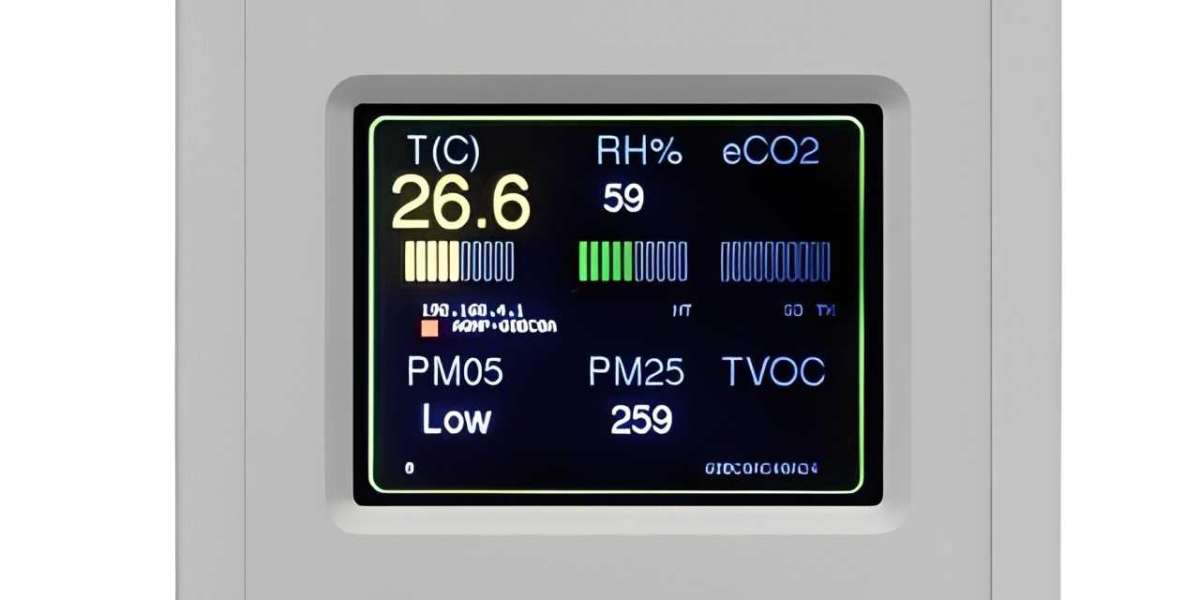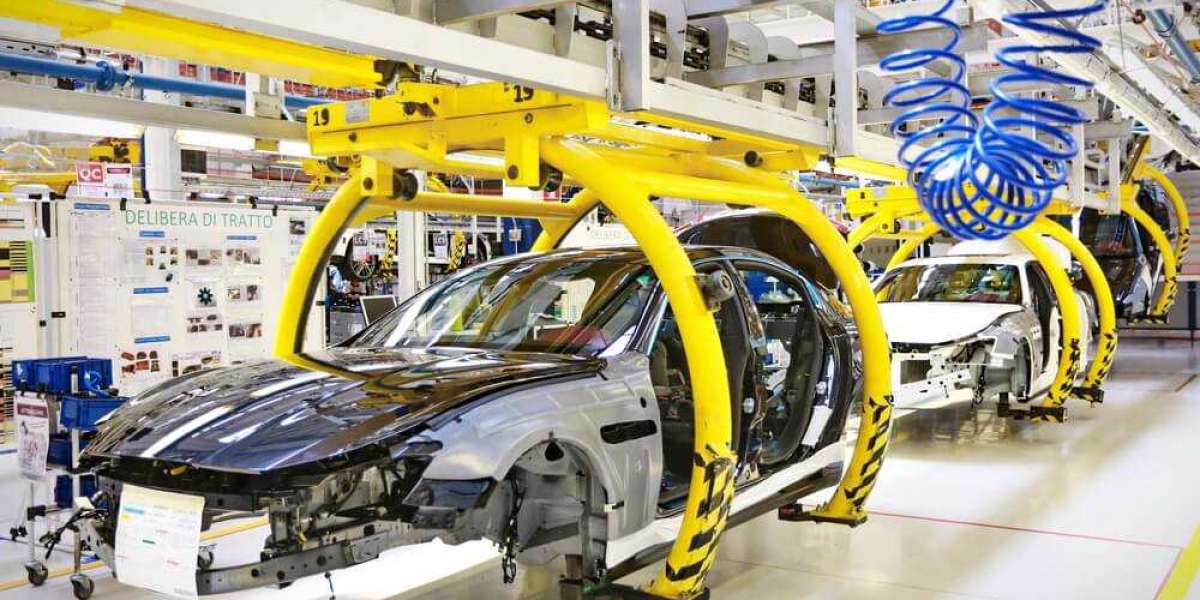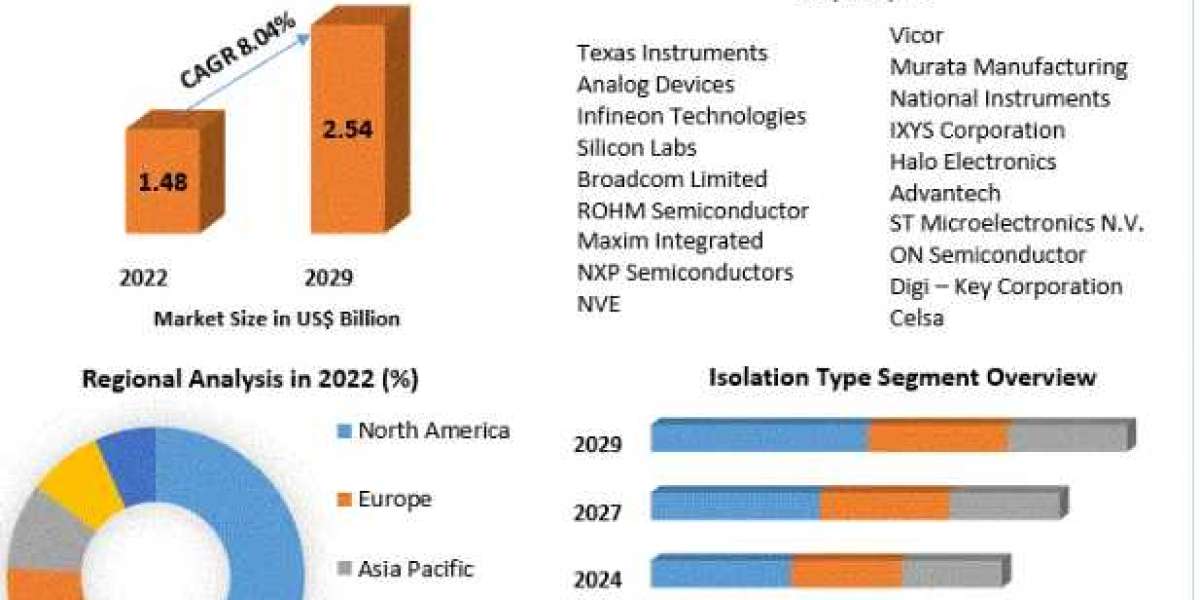In today's increasingly connected world, technology continues to advance at an exponential rate, changing the way we interact with the environment around us. One of the most significant innovations in this technological wave is the development of smart sensors. These sensors are poised to revolutionize a range of industries, from healthcare to manufacturing, transportation to agriculture. Smart sensors not only detect changes in the environment but also collect, analyze, and communicate data in real-time, offering new opportunities for automation, efficiency, and precision. This article explores the various facets of smart sensors, their working mechanisms, applications, and the potential future impacts on various industries.
What Are Smart Sensors?
Smart sensors are electronic devices designed to detect specific physical, chemical, or biological changes in the environment and convert them into digital signals that can be processed by a system or device. Unlike traditional sensors, which simply detect changes and provide raw data, smart sensors integrate additional capabilities such as processing, communication, and decision-making. This allows them to perform real-time data analysis and provide valuable insights, often without human intervention.
At their core, smart sensors consist of three primary components:
Sensing Element: This is the physical part of the sensor that detects changes in the environment, such as temperature, pressure, light, or motion.
Signal Processor: The sensing element produces a signal (often an electrical signal), which is then processed to extract useful information. This can involve filtering, amplification, and converting the signal into a more useful format.
Communication Interface: This component is responsible for transmitting the processed data to other systems, often wirelessly. Common communication protocols include Wi-Fi, Bluetooth, Zigbee, and cellular networks.
Together, these components allow smart sensors to function autonomously, processing data locally and sending actionable insights to connected devices or cloud platforms for further analysis.
The Role of Smart Sensors in Industry
Smart sensors are already having a profound impact on a wide range of industries. Here are some key areas where they are being implemented:
1. Healthcare: Enabling Precision Medicine and Remote Monitoring
In the healthcare sector, smart sensors are enhancing patient care by enabling more accurate diagnoses, personalized treatment plans, and remote patient monitoring. For example, wearable health devices such as smartwatches and fitness trackers can measure vital signs like heart rate, blood pressure, and oxygen levels in real-time. This data is invaluable for both patients and healthcare providers, allowing for continuous monitoring and early detection of potential health issues.
Moreover, smart implants are being developed for patients with chronic conditions. These implants can monitor critical parameters (like blood sugar levels in diabetics) and automatically adjust treatment plans without the need for regular doctor visits. Smart sensors are also playing a key role in telemedicine, where doctors can remotely monitor patients' health using connected devices that transmit real-time data for evaluation.
2. Manufacturing: Enhancing Automation and Predictive Maintenance
The manufacturing industry has been quick to adopt smart sensors, integrating them into their operations to enhance efficiency, productivity, and safety. Smart sensors can monitor machine health, detecting vibrations, temperature changes, and other indicators of wear and tear. This data can be used for predictive maintenance, allowing companies to schedule repairs before a breakdown occurs, minimizing downtime, and reducing operational costs.
In addition to predictive maintenance, smart sensors enable process automation in manufacturing environments. Sensors can monitor production lines, adjust parameters for optimal performance, and even identify defects in products, ensuring high-quality outputs. For example, smart cameras equipped with sensors can inspect products on assembly lines, ensuring they meet quality standards without human intervention.
3. Agriculture: Optimizing Crop Yield and Resource Management
Smart sensors are transforming agriculture by enabling precision farming, where decisions are based on real-time data, leading to higher crop yields and more efficient resource usage. Soil moisture sensors, for example, can help farmers determine the optimal time to irrigate their crops, conserving water and improving crop health. Similarly, environmental sensors that monitor temperature, humidity, and sunlight can provide insights into the ideal conditions for plant growth.
Additionally, drones equipped with smart sensors can fly over farmland to collect data on crop health, pest infestations, or nutrient deficiencies. This information can be used to target specific areas of a field for treatment, reducing the need for pesticides or fertilizers and minimizing environmental impact.
4. Transportation: Smart Vehicles and Infrastructure
The transportation industry is also seeing significant benefits from the deployment of smart sensors. In smart vehicles, sensors such as radar, cameras, and LiDAR (Light Detection and Ranging) are integral components of autonomous driving technology. These sensors enable vehicles to detect obstacles, navigate roads, and make real-time decisions, making self-driving cars a reality.
Moreover, smart sensors embedded in infrastructure are being used to monitor road conditions, traffic flow, and weather patterns. For example, smart traffic lights equipped with sensors can adjust light patterns based on real-time traffic data, improving traffic flow and reducing congestion.
5. Energy: Improving Efficiency and Sustainability
In the energy sector, smart sensors are being used to improve the efficiency of energy consumption and optimize renewable energy systems. For example, smart meters installed in homes and businesses track energy consumption in real-time, providing consumers with data to help reduce waste and lower energy costs. Additionally, smart grids, which use a network of sensors to monitor electricity supply and demand, can dynamically adjust power distribution to prevent overloads and ensure consistent energy delivery.
For renewable energy systems, smart sensors can optimize the performance of solar panels, wind turbines, and other energy sources. By continuously monitoring factors like temperature, light intensity, and wind speed, these sensors ensure that renewable energy systems operate at peak efficiency, reducing maintenance costs and improving overall sustainability.
The Future of Smart Sensors
The potential of smart sensors is immense, and we are only beginning to scratch the surface of what they can do. Several trends are likely to shape the future of smart sensors in the coming years:
1. Integration with Artificial Intelligence (AI) and Machine Learning
As AI and machine learning technologies continue to evolve, smart sensors will increasingly be integrated with these systems to provide advanced analytics and decision-making capabilities. Rather than simply collecting data, smart sensors will be able to analyze patterns, predict future outcomes, and make decisions in real-time, reducing the need for human intervention. This will enable more autonomous systems across industries like healthcare, manufacturing, and transportation.
2. Miniaturization and Flexibility
As technology advances, smart sensors will become even smaller and more flexible. Wearable sensors that are lightweight, flexible, and unobtrusive will become more common in healthcare applications, while tiny sensors embedded in everyday objects could enable an even more connected world. Imagine a future where everything from clothing to furniture to food packaging contains sensors that provide data about your environment, health, and needs.
3. Internet of Things (IoT) Connectivity
The integration of smart sensors with the Internet of Things (IoT) will continue to expand, creating more interconnected ecosystems. Sensors embedded in homes, factories, cities, and beyond will communicate with each other, enabling real-time data sharing and smart decision-making. This interconnected world will enhance automation, improve efficiency, and offer new levels of convenience in daily life.
4. Ethical and Security Considerations
As smart sensors become more ubiquitous, issues related to data privacy, security, and ethics will become more prominent. With the vast amount of data collected by these sensors, ensuring that information is protected and used responsibly will be a key challenge. Standards and regulations will need to evolve to safeguard individuals and organizations from potential breaches or misuse of sensitive information.
Conclusion
Smart sensors are undoubtedly one of the most exciting technological advancements of the 21st century, with the potential to transform industries and improve the quality of life in countless ways. From enabling precision healthcare and autonomous vehicles to optimizing agriculture and energy consumption, the applications of smart sensors are virtually limitless. As technology continues to evolve, these sensors will become more intelligent, more connected, and more capable of solving complex problems in real-time.



